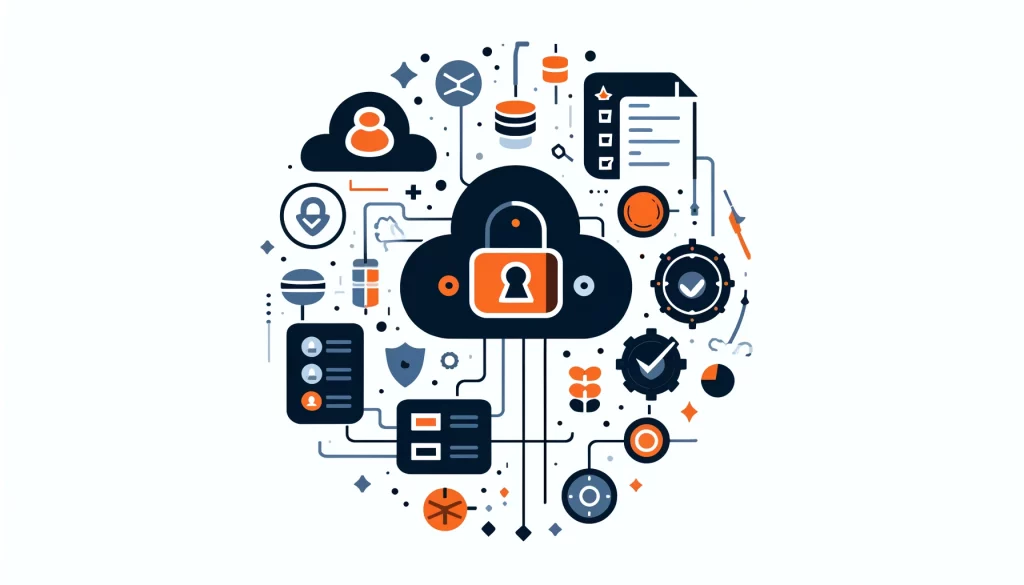
RBAC in MongoDB

Introduction
MongoDB is a popular NoSQL database that offers a flexible and scalable solution for storing and managing data. Security is crucial in MongoDB, just like any other database system. MongoDB has many tools to keep sensitive information safe. MongoDB’s security model includes Role-Based Access Control (RBAC), which lets administrators create and oversee user roles and permissions. In this article, we will explore the basics of RBAC in MongoDB, including its features, benefits, and best practices.
What is MongoDB Authorization?
MongoDB Authorization controls access to resources in a database based on user roles and permissions. It ensures that only authorized users can perform certain actions, such as reading, writing, or deleting data. MongoDB Authorization plays an essential role in the database’s security model by preventing unauthorized access and safeguarding sensitive information from compromise.
RBAC in MongoDB
RBAC in MongoDB is a flexible and granular approach to managing user access rights. It allows administrators to define roles that encapsulate specific privileges and assign those roles to users. Roles help administrators control access to database resources without managing each user’s permissions individually.
Features of RBAC in MongoDB
- Role Definition: MongoDB allows administrators to define custom roles that encapsulate specific privileges. Organizations can create roles based on job functions, security requirements, or any other relevant criteria.
- Granular Permissions: RBAC in MongoDB supports a wide range of granular permissions, including read, write, delete, and administrative actions. This enables fine-grained control over user access rights.
- Role Inheritance: In MongoDB, roles can get privileges from other roles, which helps manage roles in a hierarchy.
- User Assignment: Users can have multiple roles, which give them all the privileges of those roles combined.
Example of RBAC in MongoDB
Let’s consider an example to illustrate the usage of RBAC in MongoDB. Suppose we have a MongoDB database for an e-commerce application with two collections: products and orders. We want to create roles for different user types and assign appropriate permissions.
javascript
db.createRole({
role: "productReader",
privileges: [
{ resource: { db: "ecommerce", collection: "products" }, actions: ["find"] }
],
roles: []
});
// Create a role for managing orders
db.createRole({
role: "orderManager",
privileges: [
{ resource: { db: "ecommerce", collection: "orders" }, actions: ["find", "insert", "update"] }
],
roles: []
});
// Assign roles to users
db.createUser({
user: "john",
pwd: "password123",
roles: ["productReader"]
});
db.createUser({
user: "emma",
pwd: "password456",
roles: ["orderManager"]
});In this example, we create two roles: productReader and orderManager. The productReader can only read products, while the orderManager can read, insert, and update orders. We then create two users, “john” and “emma”, and assign them the respective roles.
With this setup, “john” can only view products, while “emma” can manage orders. This shows how RBAC in MongoDB gives specific control over user access rights depending on their roles and responsibilities.
LDAP Authorization
MongoDB also supports LDAP (Lightweight Directory Access Protocol) authorization, which allows integration with external directory services for user authentication and role mapping. LDAP authorization simplifies user management by centralizing it. It makes granting access to MongoDB resources easier by using existing user roles from the LDAP server.
Field Level Security
MongoDB offers security at both collection and field levels with read and write concerns for data access control. Field-level security allows administrators to restrict access to specific fields within a document based on user roles. This feature improves access control granularity and ensures that it protects sensitive fields from unauthorized access.
Best Practices for MongoDB Authorization
To ensure the security and effectiveness of RBAC in MongoDB, consider the following best practices:
- Principle of Least Privilege: Assign users the minimum set of privileges required to perform their tasks. Avoid granting excessive permissions to reduce the risk of unauthorized access.
- Regular Role Review: Regularly check and change user roles to match their job duties and security needs.
- Secure Communication: Secure the communication between clients and MongoDB servers by using SSL/TLS encryption. This will protect sensitive data while transmitting it.
- Strong Authentication: Implement strong authentication mechanisms, such as password policies and multi-factor authentication, to prevent unauthorized access.
- Auditing and Monitoring: Enable auditing and monitoring features in MongoDB to track user activities and detect suspicious behavior.
Conclusion
RBAC in MongoDB helps manage user access rights and secure database resources effectively. By defining roles and assigning them to users, administrators can efficiently control access to collections, documents, and fields. MongoDB’s authorization features, along with LDAP integration and field-level security, offer a comprehensive solution for securing sensitive data.
To further enhance data management and security, consider exploring the exceptional and flexible tools provided by DataSunrise. DataSunrise offers advanced solutions for data security, audit rules, masking, and compliance. Visit the DataSunrise website for an online demo and discover how their tools can complement your MongoDB security strategy.
Implementing Role-Based Access Control (RBAC) in MongoDB is important for organizations. It helps create a secure database environment. This protects sensitive information and ensures compliance with industry regulations. Following best practices is also crucial in this process.
